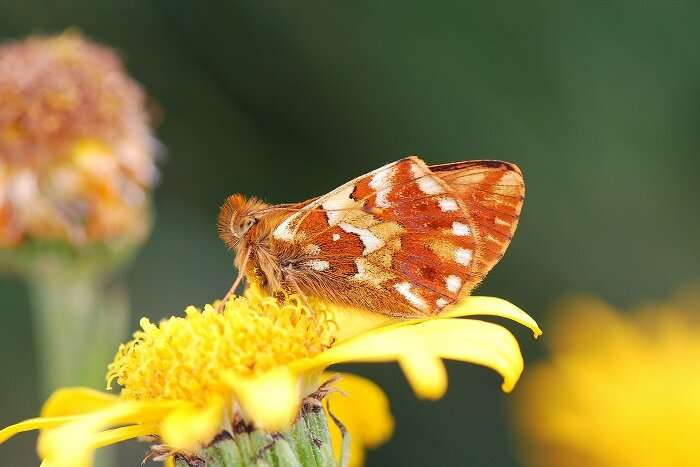In the Alps climate change affects biodiversity

The European Alps is certainly one of the most scrutinized mountain range in the world, as it forms a true open-air laboratory showing how climate change affects biodiversity.
Although many studies have independently demonstrated the impact of climate change in the Alps on either the seasonal activity (i.e. phenology) or the migration of plants and animals, no systematic analysis has been carried out on both consequences simultaneously.
A European team of ecologists, including Jonathan Lenoir, CNRS Researcher in the research unit Écologie et Dynamique des Systèmes Anthropisés (CNRS/University of Picardie Jules Verne), has just published a review that quantifies seasonal changes and elevational movements of more than 2,000 species of plants, animals and fungi that live in the Alps.
This review shows that species have shifted their life cycles (e.g. bud burst for plants or nesting for birds) earlier during the season and their distribution higher along the elevational gradient, but that the average velocity of range shift, which varies from species to species, is often lagging behind the velocity of climate change.
These results, partly based on citizen science data, were published online on 27 April 2021 in Biological Reviews.
More information: Yann Vitasse et al, Phenological and elevational shifts of plants, animals and fungi under climate change in the E uropean A lps, Biological Reviews (2021).
Journal information: Biological Reviews
Provided by CNRS


















